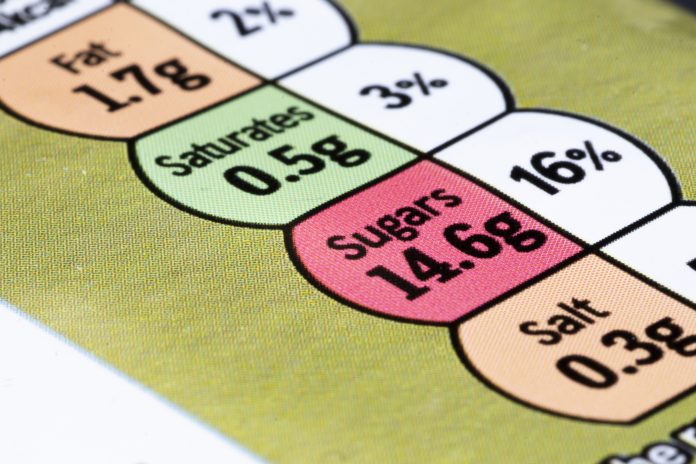Rachel Bradford, Nutrition Policy Manager, Danone UK, expresses the need for an urgent change to our front of pack food labelling system to help consumers make healthier choices
As the recent National Food Strategy highlights, poor diet contributes to 64,000 deaths a year in England and costs the economy £74 billion. In the UK, more than 50% of adults are classed as obese.[1] Tackling these health challenges is a pressing problem that requires urgent collective action from policymakers, food businesses and consumers alike.
Food reformulation and innovation, to remove or reduce sugar and salt, is certainly important; but at the same time we must enable consumers to make more informed choices more easily. Changing front of pack labelling – to ensure that complex nutritional information is presented in a way that is easy to understand by all – is vital.
Multiple traffic light labelling, which is currently the predominant scheme in the UK, can leave consumers confused – limiting its ability to help people to make healthier food choices. By contrast, Nutri-Score is an alternative front-of-pack labelling system that uses an easily understandable format and design, providing clear nutritional information at first glance.
Eight years have now passed since the UK Government published their guidance on creating front of pack nutrition labels. Since then, significant evidence and momentum has built around the value of Nutri-Score across Europe and the UK. The Government is currently reviewing several front-of-pack nutrition labels, including Nutri-Score, to ensure that front of pack nutrition labels continue to help consumers make healthier choices.
Nutri-Score
Nutri-Score is already being rolled out successfully in several countries in Europe, and it has growing support among suppliers and retailers here in the UK, as well as leading health groups including the National Obesity Forum. We must seize the opportunity to follow the evidence and change to a clearer and more accessible system that empowers people to make healthier and more informed choices.
Nutri-Score is a five-colour coded scale from A to E, each signalling the nutritional value of a product. The first panel, a dark green letter A, shows products with the highest nutritional value. The final panel, a red letter E, indicates those with lower nutritional value. Each product is scored based on a scientific algorithm that considers the nutrients to reduce, like sugars, saturated fat and salt, and the nutrients to increase, such as fibre, protein, fruit, vegetables and nuts.
Nutri-Score is strongly grounded in science and consumer research, with its underlying scoring method developed by the British Food Standard Agency. Rather than telling people what they shouldn’t eat, it helps to point consumers in a more positive direction. It promotes moderation and balance rather than blacklisting of certain products.
The increase of online shopping also heightens the case for Nutri-Score. With consumers increasingly shopping from their laptops and phones, the suitability of complicated numerical front-of-pack labels must be called into question. Consumers need to be able to see quickly, and in different settings, the nutritional value of the products they buy.
Like many other food businesses and retailers, Danone is committed to bringing health through food to as many people as possible. We know that consumers are keen for information that supports them to make healthier choices – and evidence shows that Nutri-Score makes this easier.
A study conducted in 2018 showed Nutri-Score outperforming the multiple traffic light scheme. It was shown to be more easily understood by consumers, who were more able to rank the healthiness of food. It was also shown to influence consumer’s choices at the point-of-purchase towards healthier choices.[2] A separate project that tested nearly 700 French consumers found the nutritional quality of people’s shopping cart was improved by 9.3% when using Nutri-Score, compared to 4.8% when using multiple traffic lights.[3]
The UK has the highest obesity rates in Western Europe, and there were more than a million hospital admissions where obesity was a factor in the year leading into the pandemic – a 17% increase compared to the year before.[4] The lowest socio-economic groups are disproportionately impacted by obesity, so the fact that Nutri-Score is proven to be more accessible and understandable for economically disadvantaged groups is hugely important.
Nutri-Score can empower healthier food choices where the current system may be falling short – and we want others to join us in backing this important change. The pandemic has heightened health inequalities, and we must seize the opportunity to do things differently.
The context is ripe for change, and the time really is now.











